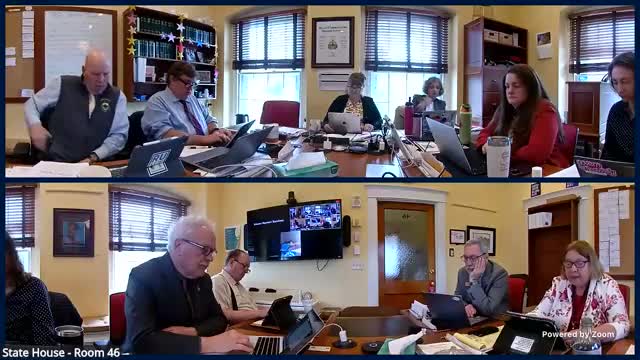
This article was created by AI using a video recording of the meeting. It summarizes the key points discussed, but for full details and context, please refer to the video of the full meeting. Link to Full Meeting
Dr. Levine explained that manufacturers in Washington, who opted to follow an interim policy, must notify the state's Ecology department through an online form. This policy requires them to provide contact information and document their compliance status. However, it was noted that achieving the stringent limit of 1 part per million (PPM) for lead in cosmetics has proven to be extremely difficult, if not impossible, for many manufacturers. Consequently, Ecology has decided not to enforce strict compliance with this limit.
The discussion highlighted that lead naturally occurs in various environmental products, such as soils and clays, and is not intentionally added to cosmetics. The committee explored potential processes for reducing lead levels in these products. Dr. Levine pointed out that Washington has not successfully implemented the strict 0.1 PPM limit, which raises questions about Vermont's approach to similar regulations.
The committee considered whether Vermont should adopt a standard similar to Washington's, which appears to have settled on a less stringent limit than the federal guideline of 10 PPM. Dr. Levine indicated that pursuing a lower limit, akin to Washington's, may not be feasible at this time. Instead, the committee will explore options that could establish a threshold greater than 1 PPM but still below the federal limit.
As the meeting concluded, the committee members discussed the need for further recommendations from Washington regarding Vermont's regulatory approach. The outcome of this meeting sets the stage for future discussions on how Vermont will navigate cosmetic product safety standards in light of the challenges faced by manufacturers.
Converted from House Human Services - 2025-05-02 - 10:30 AM meeting on May 02, 2025
Link to Full Meeting
Comments
View full meeting
This article is based on a recent meeting—watch the full video and explore the complete transcript for deeper insights into the discussion.
View full meeting